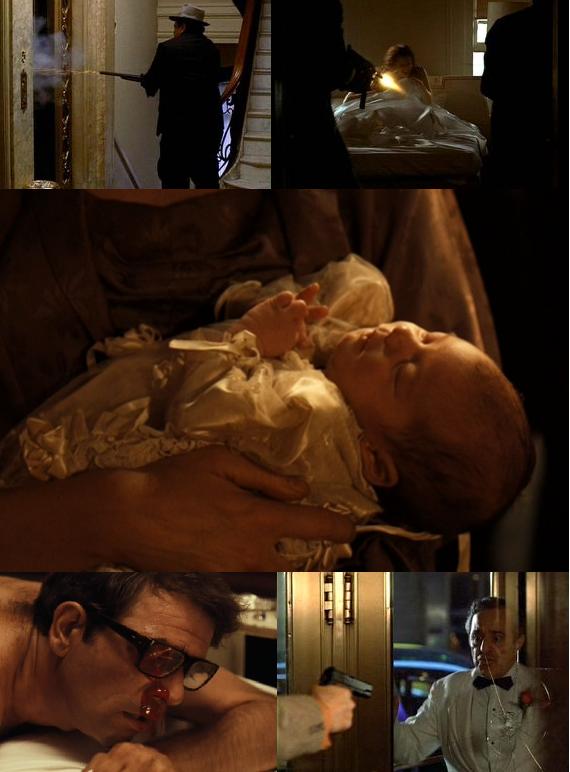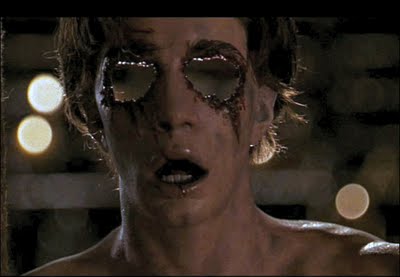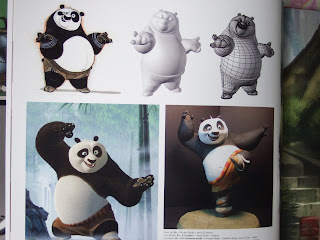http://puppettheatreblog.wordpress.com/tag/the-jazz-singer/
For example, the man who played the piano. He created the foley sounds for piano.
If you recording all of foley sounds can be tiring and take a long time. Foley art can be broken down into three main categories Feet, Props, and Cloth.
Feet:
They used their feet to create a sound.
The recording studio had lots of different shoes and floors to make a sound.
Cloth:
They used lots of different type of cloths. The foley sounds are softer sounds.
For example, Foley artists will have to add the swishing of clothing as the actor’s pant legs rub together while they went downstairs.
Any 'soft' sound in a film are improved using foley techniques. It is important to allow sfx to be added in post-production that improves the "soundscape" of the film. It also stops any copyright problems because all the sounds will be produced and created in-house. The sounds would be made more dramatic for example, 'Evil Dead' The noise of an ankle breaking was a pen and an apple snapping and crunching.
Foley effects are created through a new sound added into the film during production. They used the sound like footsteps, clothes rustling, crockery clinking, paper folding, doors opening and slamming, punches hitting and glass breaking.
For example: Sherlock Holmes Fight Scene
It has the main character in a fight scene. There are great examples of foley sound when the actors hit each other. Each punch has a sound like a crunch of bones like the sound of rock's falling when the actor fall down. The movement of the punch is slowed down to show the drama of it. Wind sounds are created to show that the punch is powerful and it is going to hurt the other fighter. There is also a narration which is non-diagetic because in the world of the film the characters cannot hear it, only the viewer.
Diagetic:
Diegetic, Non-Diegetic, Juxtaposition, Mood
and Meaning;
- Add
another example for each of these in the same level of detail previously.
Really good so far
For example: Fast and Furious 3 : Tokyo Drift - Race 1: I think the sound of the cars racing is diagetic sound. It makes it believable and realistic. It creates a mood of excitement with the spinning cars. It makes the heart beat faster.
Look at the example: The diagetic sound of screaming is used throughout the trailer to create the thriller and scary effect. The sound of the voices are purposely poor but it matches the home movie handy cam film style.
You could see where the sounds came from.
Non-diagetic means there are sounds that are going into the editing process.
For example, the voice over of god, narration, SFX (guns/explosions etc) and mood music.
It can be any sound which is not naturally in the clip. Music is added for a certain effect, this music is non-diagetic sound.
In Requiem for a Dream, the drugs scene is a good example of non-diagetic sounds. Each clip is very short and is enhanced by the foley sound. For example, the sounds of the drug powder landing on the table is like the sound of the mouth with air leaving it.
For example: Paranormal Activity 3 Trailer (Official)
Non-diagetic sound is used throughout the trailer to scare the audience such as a "woooosh" sound effect. The trailer establishes that the film is based around a family in their own home, and also establishes that the daughter of the family has some connection to the ghost.
The viewers and characters couldn't see where the sound come from. The pan made a noisy in thekitchens.
Diagesis means the telling of a story by a narrator. The narrator can be a character or may be invisible to the viewer but only heard by the viewer, or is coming from above and commentating on the action of the film for example, Sherlock Holmes fight scene.
Mood and meaning
Non-diagetic sounds could be added when a character has just found out about a tragedy, there would probably be soft slow music playing in the background to show the viewer the character’s emotions and to sympathize with their pain.
In The Ruby Slippers - The Wizard of Oz (3/8) Movie CLIP (1939) HD The conversation that is going on between the three characters is linked by the music being played as background,. the emotion in the voice is copied by the music. The non-diegetic music is supporting the narrative, but at the same time it is giving the audience a more emotional attachment to the scene.

There are two different types of music about birth and death playing along side each other to create tension and confusion for the viewer.
Juxtaposition in sound soundtracks.
Two things put together which are very different. For example, happy music at a funeral and a horror scene with happy music. It is put there to confuse the viewer. Jeeper's Creeper is a happy song used in a scary film. it gives a creepy feel to it. The viewer is expecting something horrific to happen in the following scenes. Jeepers Creepers Song (Lyrics)

Michael Moore uses juxtaposition in Fahrenheit 911, when he plays the song "What a Wonderful World" while playing scenes of war and violence.
The final scenes in The Godfather 3 are also a good example. You see the family attending the baptism ceremony and you see the murders taking place. there are two scenes linked with each other so you see them happen one after the other. The baptism is the good, celebrating the birth and naming the child, the other is dark, bloody and evil. Heavy, dramatic organ music plays for both scenes. Here is other example, The Baptism Murders - The Godfather (8/9) Movie CLIP (1972) HD
Planning for the Soundtrack;
Remember to include the planning documentation
for the soundtrack for animation. This must include; Sounds to be created, how
to produce the sounds, locations and timings